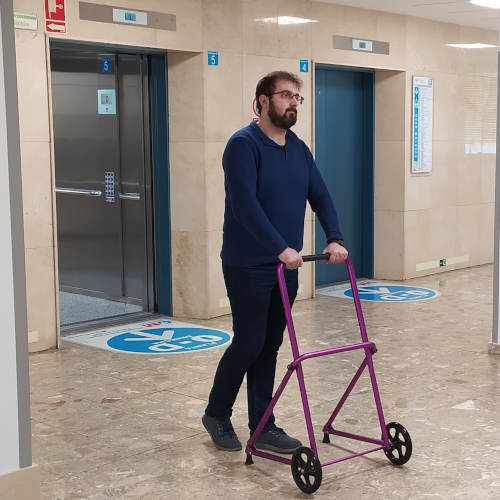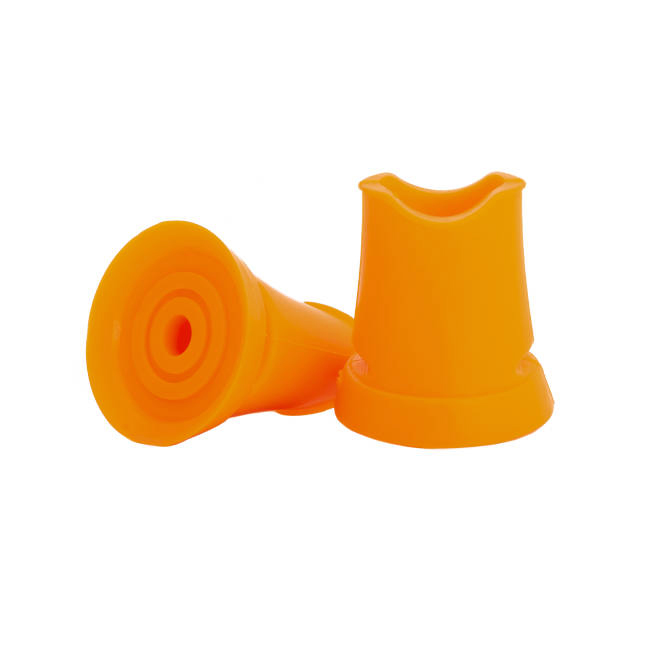How to Use a Walker Properly?
Using a walker may seem difficult at first, but with the right technique, it becomes a safe and effective tool for moving around. Whether you are in rehabilitation or need support in daily life, learning to use it properly is essential. In this article, we explain how to walk with a walker and handle obstacles like stairs safely.

How to Walk with a Walker Without Wheels?
Walking with a walker without wheels requires good coordination and a steady rhythm, while a two-wheel walker makes walking easier for those who want support with smoother movement. Here are the key steps and benefits depending on the type of walker:
1. Position yourself correctly: hold the walker in front of you, arms slightly bent at hip height. Prefer a walker with adjustable handles like INDESmed.
- Two-wheel advantage: you can move the walker more easily without lifting it completely, reducing arm effort.
2. Move the walker: place it firmly on the ground (without wheels) or with two wheels: glide it gently, wheels opposite to you, a few centimeters ahead of your feet.
- Two-wheel advantage: the walker rolls slightly, allowing a more natural and continuous movement.
3. Move your feet: bring your feet inside the frame, one after the other, without crossing your legs.
- Two-wheel advantage: walking can be faster and less tiring because the walker glides with you.
4. Maintain a steady rhythm: move slowly to keep balance and avoid tipping.
- Two-wheel advantage: the rhythm can be slightly more dynamic without compromising stability.
5. Safety first: avoid slippery surfaces and wear stable shoes.
- Two-wheel advantage: some models have non-slip wheels, offering extra control on smooth surfaces.
With practice, walking becomes more natural and fluid, whether using a classic walker or a two-wheel model, while reducing the risk of falls and arm fatigue.
How to Go Down a Step with a Walker?
Going down stairs with a walker requires caution and technique:
1. Approach the step: place the walker just before the edge.
2. Position your feet: place the foot closest to the next step first.
3. Descend slowly: lower the walker slightly and go down one foot at a time.
4. Use your arms: lightly lean on the walker to cushion the descent.
5. Stay focused: do not look away and always keep your eyes on your feet and the walker.
This technique reduces the risk of falls and protects your joints. For walkers with 2 or 4 wheels, it’s safer to lift the walker when going down steps. Choose a lightweight walker.
FAQ
Yes, but if the walker is intended only for indoor use, be careful. Uneven surfaces can destabilize the walker.
What is the difference between a walker with and without wheels?
A walker without wheels offers more stability but requires lifting effort. With 4 wheels, it glides more easily but needs more control to avoid accidents. Ideally, a 2-wheel walker combines stability, safety, and less effort.
How do I maintain my walker?
Clean the handles regularly and check the tips and wheels. Replace them if worn to ensure safety.
info@indesmed.com

